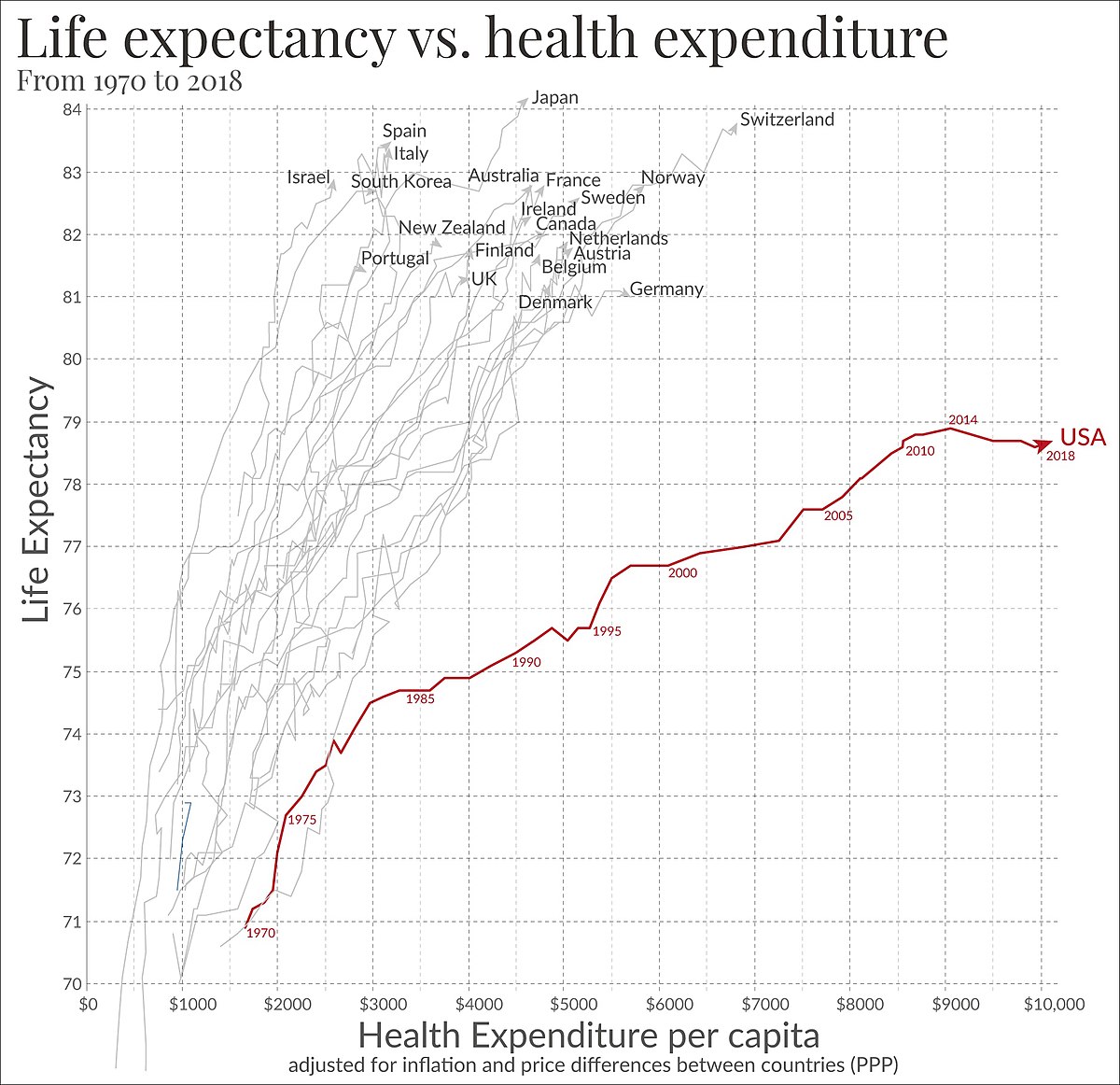Author’s Corner
In this white paper, Silpa Saladi, Client Operations Director, details the importance of technology within the healthcare industry.
Please click on the video to the right to learn more about the author, hear her insights on this white paper, and learn what motivated her to write about the technology gap in healthcare.
To discuss this white paper in detail, please contact Silpa using the information provided at the bottom of the page.
The Gaps in Healthcare Technology
Healthcare technology is revolutionizing how care is delivered, affecting the lives of providers, patients, payers, and everyone else in between, resulting in a significant shift in the industry. The pandemic forced a massive intensification of virtual healthcare, requiring an unprecedented acceleration of innovation, collaboration, and catalyzation of medicine to bring us a healthier, more equitable post-COVID world. With this shift, it is critical to address the unintended barriers of adopting technology. Aside from awareness, privacy concerns, and clinician buy-in, the most significant issues remain managing costs and digital literacy.
The Effects of Digital Literacy on Patient Health
Recently, there has been a hyper-focus on the external factors that affect a person’s health, functioning, quality-of-life outcomes, and risks – known as Social Determinants of Health (SDoH). Digital literacy is the sixth social determinant of health no one is talking about, and it is severely impacting the health of our nation.
As we advance technologically, a cohort of individuals that lack digital literacy is being left behind. As per the Department of Education, as illustrated below, 16% of Americans are considered not digitally literate, which translates to over 50 million people.
Healthcare organizations are increasingly using digital tools to improve care and reduce costs. With remote patient monitoring, health plans and providers can identify patients who may be at risk of readmission and intervene before they become sick again.
Digital tools can also enable patients to manage their own care - such as tracking their symptoms, communicating with their providers, and accessing health information wherever they are. For these tools to be effective, patients need to be comfortable with them.
In Person vs. Virtual Care
Patient access centers are available throughout the country; however, as Daniel Kraft states in one of his Ted Talks, “Only 20% of visits require hands-on intervention.” We are quickly on a downward trend of in-person visits. One of the most significant barriers to closing the digital divide is patient education - most individuals do not know how to use technology or don’t understand why it’s crucial to have access to internet and care.
To overcome this barrier, organizations need to provide training and support to help people learn the importance of and how to use the technology. For example, if a patient has diabetes and is being monitored remotely, they will need to log blood glucose readings several times a day. If the patient is uncomfortable using the equipment or the technology to log values, the readings may not be as accurate. In addition, patients often communicate RPM results with their providers through online portals, another hurdle with minimal digital literacy.
Without digital literacy, access to things like RPM, Telehealth, and Patient Portals is lost. Even worse, it’s absent in the groups that need it the most.
As we see here, 80% of healthcare costs are generated by 20% of the population. This cohort consists of a large volume of chronically ill patients.
Preventive Measures
As an industry, our care is centered on putting out fires after they begin rather than prioritizing preventative measures to avoid a crisis. We refer to our coverage as “health insurance” whereas, in reality, it is used as “sick insurance” after we are diagnosed. Utilizing technology to enhance our preventative and continuous care will help us build a healthier country. Prevention is far better than intervention.
Building effective technology comes with a cost; however, the prices go down as time progresses and with future developments. The healthcare industry is in its infancy when it comes to technology, yet it has recently proven to be one of the most crucial innovations, making it more affordable as we move forward.
From a study provided by Our World in Data [OWID], it becomes evident that world-renowned healthcare isn’t worth much without access to it.
Virtual care, such as Telehealth, and Remote Patient Monitoring (RPM), helps healthcare facilities tackle their high dollar costs by detecting deviations in patients’ health status almost instantly, constantly monitoring patients, reducing readmissions, and preventing risk with greater efficacy.
Connecting with an effective partner with aligned values is crucial to long-term success. Unlike newer companies on the market who solely rely on technology, Vee Healthtek’ roots provide a unique integration of technology, education, and human resources.

Jeff Shelmire, VP of Professional Services at Vee Healthtek, says “As the BPO market transforms, we will see an increased demand in specialized skillsets. Along with being University-backed, Vee Healthtek is equipped with doctors and nurses on staff to support our clients through the difficulties of integrating technology and virtual care, specializing in RPM.” Vee Healthtek offers innovative and engaging solutions to healthcare organizations building successful, scalable and brandable RPM, Chronic Care Management, and Telehealth programs.
Even though the digital divide still exist, progress is the one thing that remains constant about humanity. We are embracing technology, and as we build it, we are breaking down each barrier. As healthcare leaders, it is our responsibility to “lean in” to these uncomfortable conversations, create dialogue and identify and execute effective resolutions. It’s time for change. The future of healthcare is technology that aids in preventive medicine, which can only be successful if the barriers of cost and digital literacy are eliminated.
References:
http://ourworldindata.org/
https://www.politifact.com/factchecks/2012/feb/23/alan-bates/does-20-percent-population-really-use-80-health-ca/
https://www.usaid.gov/sites/default/files/documents/USAID_Digital_Literacy_Primer.pdf



